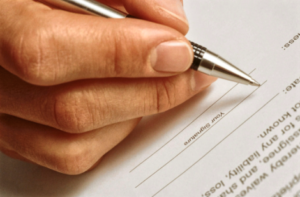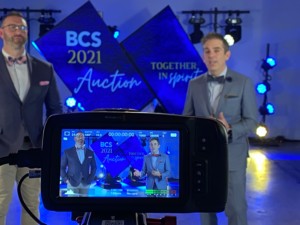Do you remember in-person events with table linens, centerpieces and cocktail hours? We do! We’ve hauled our fair share of decor and supplies to many events. But over the last 17 months, we have been planning and executing virtual events which have not required any in-person logistical support. It’s likely been a long time since you have had to order centerpieces, select three-course meals, and hire a photographer. As you transition back to in-person events, we recommend these items get on your radar (and on all timelines!).
1. Audience Development and Engagement
Your nonprofit likely reached new heights even with the pandemic. We found our clients were able to expand their fundraising reach, because we helped them connect with donors outside of their traditional community. As you transition back to in-person events, it is important to continue audience development and engagement beyond your venue space. When you are considering who to invite to your in-person event, your top donors and supporters will likely be at the top of your list. But don’t stop at your top donors. Communicate your event and the reason you are fundraising far and wide. In addition, by implementing a hybrid model, your nonlocal supporters and anyone else who would rather “stream-in” will have the opportunity to do so and learn more about your mission and fundraising goals (see #5 more details on this).
2. Revenue Streams
You may have had to forgo some revenue streams as your events went virtual. As you return to the in-person world, these revenue streams will come back. Do you remember heads or tails? What about a dessert dash? There are several options to infuse some fun and additional dollars into your event. The key is to pick one (or two at the most) of these fun elements. Having too many options or giveaways and raffles will take the focus away from your donors, your mission, and your program.
3. Licenses & Permits
An in-person event has various restrictions for alcohol and raffles. Depending on your event and your state, you may need specific licenses such as a Special Occasion License and permits like a Raffle Permit. Most applications must be submitted 45 days prior to your event, and we recommend submitting your application as early as possible. The alcohol and raffle permitting process and rules can be confusing. Check out this informative video that explains WA State raffle and alcohol policies: Liquor, Cannabis, Gambling and Your Fundraising Event.
4. Vendors
As you transition to the in-person space, you will need to remember all the various vendor partners that make an event shine, such as caterer, emcee, A/V services and decor rentals. Additional vendors that can really help your event stand out include decor, florist, photographer, and a photobooth. Be sure to connect with all your vendors early, as venues and vendors are getting booked up quickly. And remember to be very clear on your expectations and your deliverables for each vendor you contract.
5. Livestream Portions
Most donors want to return to the in-person world. They want to see others and be part of a community. But, as we mentioned before, reaching an audience that is further and wider than your venue can be an important factor in reaching your fundraising goals. We recommend that you have some type of a virtual component to any in-person event you plan in the next 6-8 months. You can either livestream the entire event or livestream portions of the event to a virtual audience. And if you are unable to livestream your event, you can still send out a “sorry we missed you” video after your event has concluded which highlights your program and the ask from your event. This will allow you to reach a wider audience after the event concludes.





